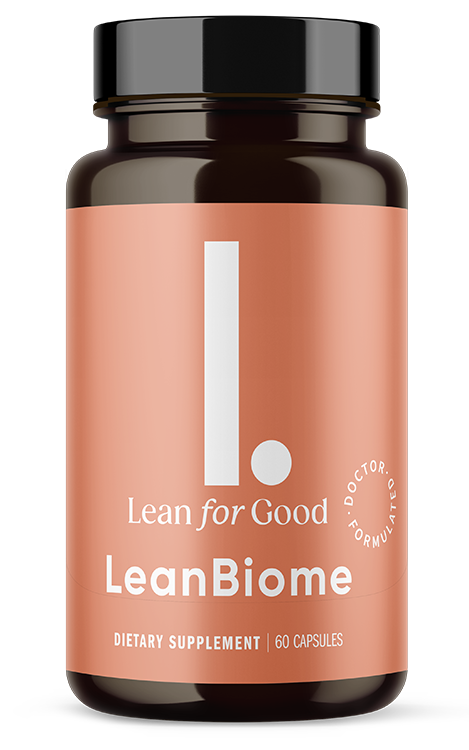Dietitians share tips to track restaurant meals plus MyFitnessPal features like Meal Scan, barcode scanner, and voice logging.
The post 6 Dietitian Tips to Track Restaurant Meals appeared first on MyFitnessPal Blog.
Dining out should be fun, but if you’re trying to log meals, it can also feel a little daunting. Menus are long, nutrition information isn’t always clear, and portions rarely look like the ones at home. The good news: with a few smart strategies from expert dietitians, you can log restaurant meals with confidence, no stress required.
Below, MyFitnessPal dietitians share their best tips to make tracking restaurant meals easier. Plus, you’ll find out ways to use MyFitnessPal tools to simplify the process.
1. Check the Menu Before You Go
“Tracking will be a breeze if your restaurant of choice is a chain with 20 or more locations, since they’re required by law to provide calorie and nutrition information,” says Katherine Basbaum, RD. Even if nutrition info isn’t available, she suggests checking the “sides” menu before you go. Options like a side salad, baked potato, or steamed vegetables can be swapped in for richer components and make logging easier.
Denise Hernandez, MS, RD, LD, also recommends sticking with familiar dishes when possible. “Look for common meals, like spaghetti with meat sauce. This makes it more likely you’ll find a match in the database. Meals that aren’t mixed dishes, like salmon with rice and broccoli, are simpler to log because each part is separate.”
2. Use Visual Cues to Estimate Portions
Restaurant plates can be oversized, but you can still log accurately by using your hands as a built-in portion guide. “Palm for protein, fist for carbs, and two cupped hands for vegetables,” says Daisy Mercer, RD. She notes that this method works well because not all restaurants use standard plates.
If the serving is huge, Mercer recommends slowing down, eating mindfully, and boxing up the extra. When you log later, adjust the portion to what you actually ate. “If you ate half the potatoes served, you can reflect that in your log,” she says.
About the Experts
Daisy Mercer, RD, is a Food Data Curator at MyFitnessPal. She graduated with her bachelors of Food Science and Dietetics from Colorado State University and completed her dietetic internship with the VA San Diego Healthcare system.
Denise Hernandez, RD, is a Food Data Curator at MyFitnessPal. Denise completed her Master’s Degree in Nutrition from Texas Woman’s University. Her areas of focus include adult and childhood weight management, women’s nutrition, and chronic disease management.
Katherine Basbaum, MS, RD is Food Data Curator at MyFitnessPal. She received her Masters in Nutrition Communication from the Friedman School of Nutrition Science & Policy at Tufts University and completed her Dietetic Internship at UVA Health, where she also works as a nutrition counselor for cardiology patients.
3. Make Simple Swaps When Ordering
Ordering strategically not only lightens up a meal but also makes tracking more straightforward. “Fresh and simple is the way to go,” says Katherine Basbaum, RD. “A baked potato or steamed rice is easier to log than scalloped potatoes or a cream-based soup.”
She advises looking for menu terms like steamed, roasted, baked, or seared — these typically indicate fewer added fats and simpler preparation. On the other hand, words like creamy, fried, breaded, or buttered signal a more calorie-dense meal than you may have planned on.
Hidden extras can be especially sneaky. “Fish is often a fantastic choice,
Recommended Story For You :

The alpine secret for healthy weight loss

The Most Potent Fast-Acting Formula For Incinerating Stubborn Fat

Real Cortexi Users Real Life‑Changing Results

This Cold Drink Might Trigger Your Prostate

Red Boost is a powerful new formula for boosting male sexual health.

Everything you eat or drink eventually reaches your liver for processing.

Brand New Probiotics Specially Designed For The Health Of Your Teeth And Gums

Empowering You to Take Control of Your Blood Sugar Health!

Scientists Finally Discover the Root Cause of Belly Fat and Unexplained Weight Gain
